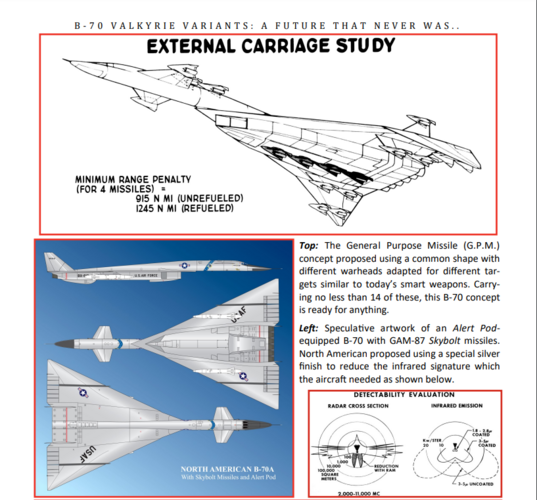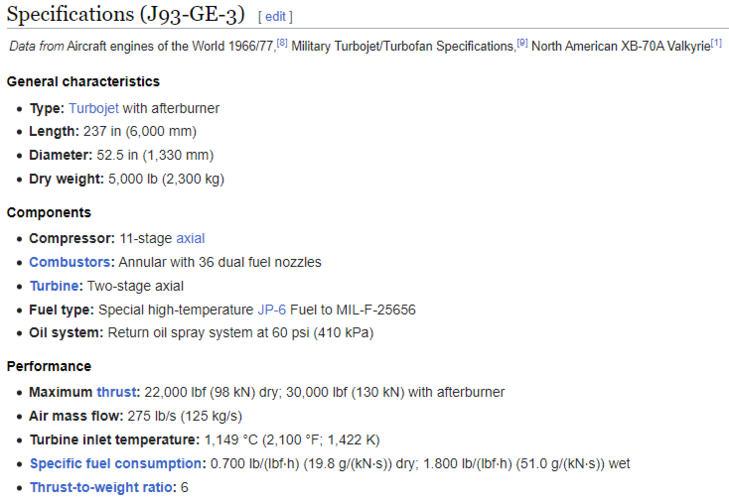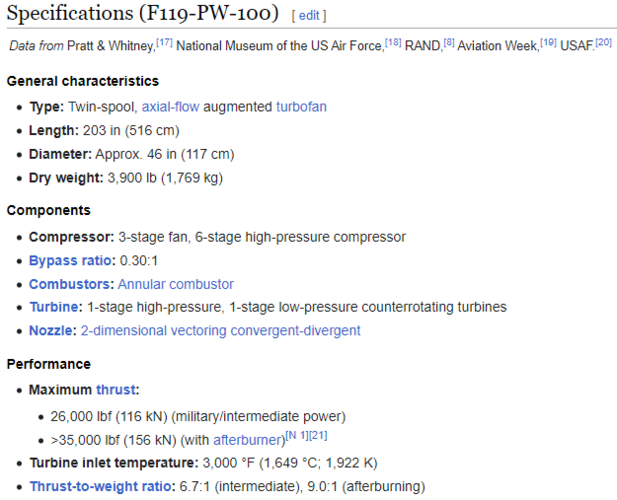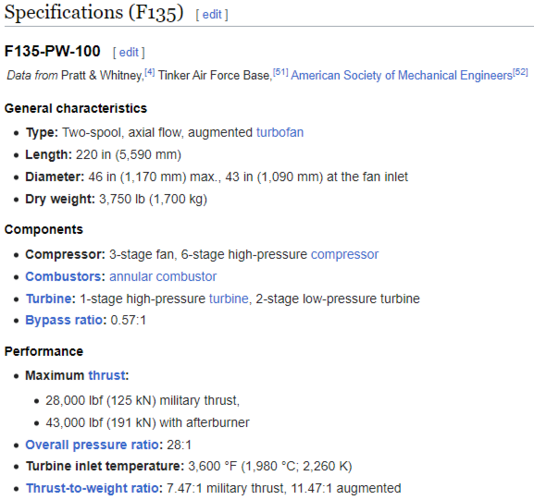alongside the well publicised 60-megaton 25,000-pound Class A thermonuclear weapon



Edward Teller wet dream, I presume ?
Nope, a definite SAC requirement in 1956 which was being listed as armament for the B-70 as late as 1960. The yield/weight ratio is pretty comparable to the Mk-41, and the AEC was confident it could produce such a weapon.
Declassified Strategic Air Command (SAC) Nuclear Target List from 1950s Includes Contingency Plans to Strike Major Cities in Soviet Bloc and China
nsarchive2.gwu.edu
It was intended for the counter-air role to reliably crater runways. I've realised that this isn't
put a crater on the runway, in the way that we've become used to thinking about the task since the 1970s and conventional counter-air weapons. It's
put the runway in a crater - the cratering radius for a 60 megaton ground burst is such that if it's delivered to the midpoint of a 10,000-foot runway, the crater will reach both ends.
I must put something up about the US thermonuclear weapons, though I'm not sure where it would best fit.


Edward Teller wet dream, I presume ?




